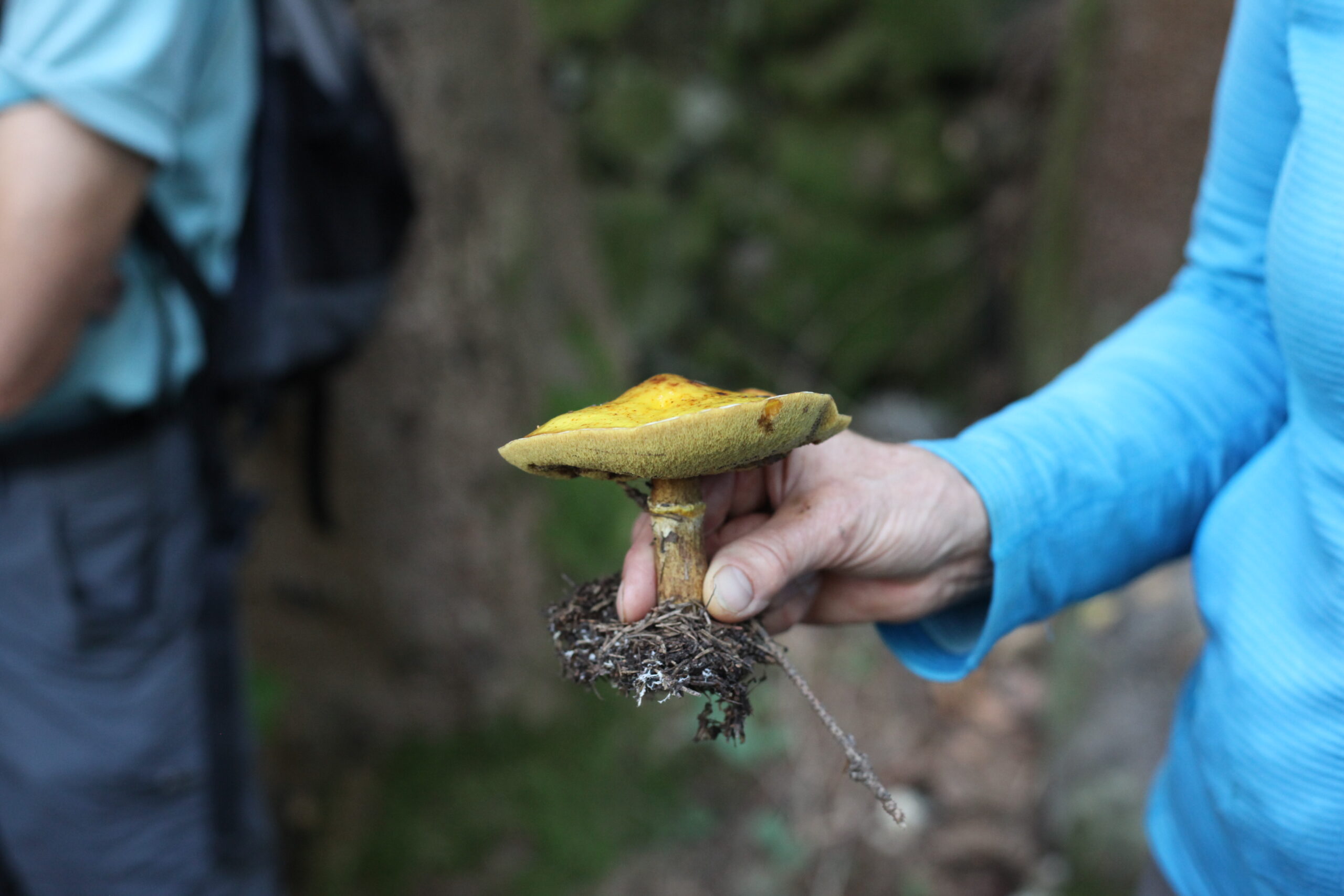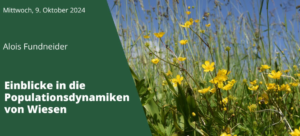Project description and objectives
Forests of South Tyrol are characterized by a large diversity in terms of species and environmental conditions. They provide a key role in biodiversity conservation, offering habitats for many animal and plant species, which in turn help maintain the functions and processes of these complex ecosystems. Among the different organisms that find refuge in forests, fungi play a crucial role in terrestrial ecosystems. Fungi act as decomposers, turning dead organic matter into vital nutrients for plant life. In addition, many fungi establish beneficial symbioses with plant roots, contributing to their health and the biodiversity of their surroundings.
Now, for the first time, the diversity and abundance of fungi in a representative selection of forest sites in South Tyrol are being systematically investigated. At all forest sites studied by the long-term project Biodiversity Monitoring South Tyrol, we investigate fungal diversity by repeated sampling of fruiting bodies (sporocarps) during the vegetation season. Additionally, we collect eDNA samples in forest soils to investigate how fungal diversity can be detected by eDNA barcoding versus traditional sampling at plot level. This data will also be related to forest structural and other environmental parameters to increasing our understanding of fungal occurrences across large altitudinal gradients typical of the European Alps. The project aims at delivering an up-to-date picture of fungal diversity in South Tyrol´s forests, but also collect important data for contributing to local and international databases to increase the scientific understanding of fungal biodiversity patterns across forest types.
Methods
We established a collaboration with the local mycological society (Associazione Micologica Bresadola, Gruppo Bolzano). We use the sites of the Biodiversity Monitoring South Tyrol.Together with mycological experts, we identify all fungal fruiting bodies present within a sampling area of 1000 m2 inside the forest. These surveys are conducted repeatedly (late spring, late summer, autumn) within the same sample area in order to capture fungi species growing in different periods during the vegetation season. For each detected species we identify: the ecological category (parasitic, saprofitic, mycorrizal), the substrata in which it was detected (soil, litter, deadwood), the abundance (in classes of number of individuals), the taxonomy (family, genus, species). Some fungi are also collected for subsequent DNA barcoding. In the same forest site, we also collect samples of soil for environmental DNA (eDNA) analysis to investigate differences between eDNA-based methods and traditional sporocarp sampling.
For future analyses also the data of other taxonomic groups, sampled within the Biodiversity Monitoring South Tyrol, are available, as well as the data of forest structural parameters that were collected in the framework of the special project “Biodiversity and forest management”. This will allow relating forest-structural and multi-taxonomic biodiversity data, as well as other environmental variables such as climate and soil conditions, with observation of fungal diversity, setting the stage for future studies on the diversity of fungal communities across environmental gradients.
Partners
The project is supervised by the forest ecologist Marco Mina and carried out in close collaboration with the Associazione Micologica Bresadola Bolzano. We also aim at cooperating with the European project FunDive (Biodiversa+ call 2022/23), a collaborative initiative seeking at providing insights into spatiotemporal patterns of fungal diversity in European forests using eDNA and citizen science data.
Contact
For further information please contact Marco Mina marco.mina@eurac.edu or Andreas Hilpold andreas.hilpold@eurac.edu






